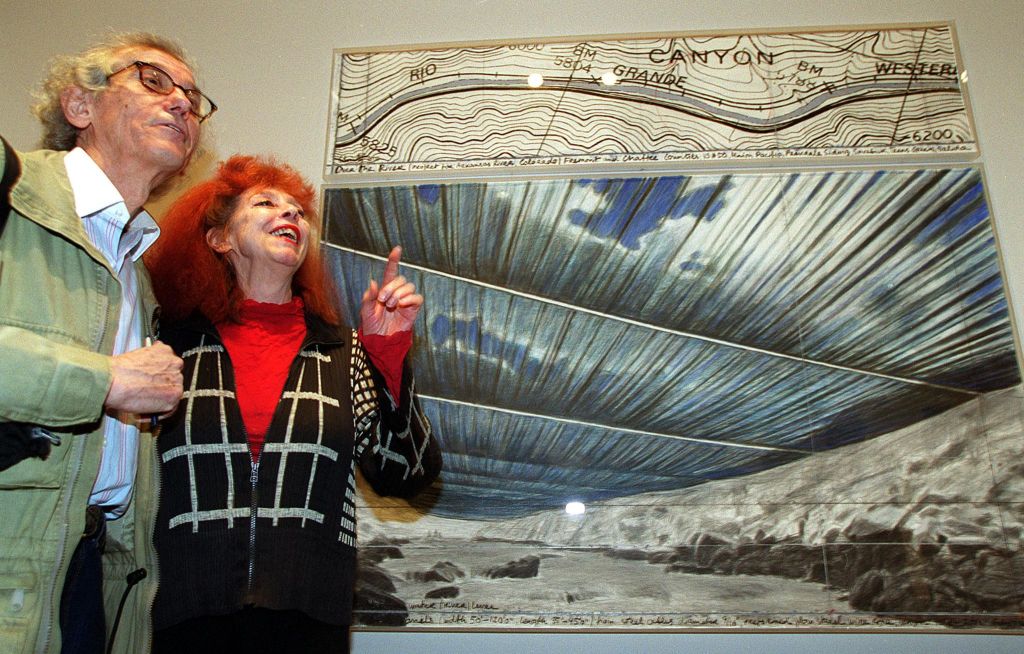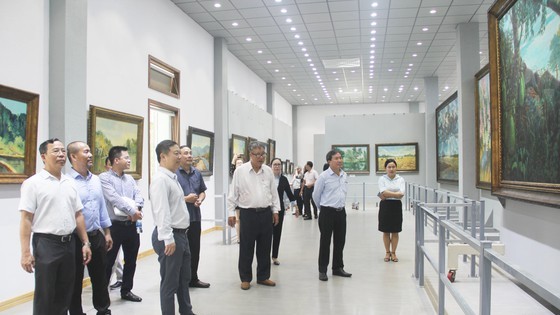Vertical 14 (Ajarani, RR)
1984 - Photography (Photography)
57 x 38.5 cm
Claudia Andujar
In 1980, with the construction of highways in Indigenous territories, an epidemic was brought to the Yanomami region. As the Yanomami do not have first names, it was necessary to give them numbers to indicate that they had already been vaccinated and identify each one for their medical records. From this series of events, Claudia Andujar’s Marcados series was born: what was supposed to be a mere photographic record, for organizational purposes, ended up raising a big question about the “labels” given to people in the construction of societies. The series includes 82 photos of the expedition and was initially published together with texts and reports by the artist in the Commission for the Creation of the Yanomami Park. Vertical 14 (Ajarani, RR) from the Marcados series gives a glimpse into the intimacy, trust, and understanding Andujar has built with the Yanomami, one of Brazil’s largest Indigenous groups. According to the artist, this is related to her personal history. Born in Europe, the artist lived through World War II. Her entire family was killed in a concentration camp by the Nazi regime, where people were marked to die. Andujar’s portraits with numbers became a tool for the survival of the Yanomami people and culture. For the photographer, “They are marked to live, not to die.” These portraits, taken in the 1980s are as relevant as ever in a post-pandemic world. The raising of new sanitary borders render social injustices in Brazil even more visible. The Brazilian demarcated territory, for which Andujar fought all her life, is now suffering once more with an increase in malaria, Covid-19, and chronic child malnutrition, in addition the Indigenous populations are facing a significant invasion of miners, encouraged by those in power and extractivist corporations operating in the rainforest.
Claudia Andujar was born in Switzerland in 1931, and then moved to Oradea, on the border between Romania and Hungary, where her paternal family, of Jewish origin, lived. With the persecution of Jews during World War II, she fled with her mother to Switzerland and then emigrated to the United States. In 1955, she came to Brazil. Having spent most of her life in a permanently foreign condition, Claudia turned photography into a working tool and a means of contact with the country. Over the following decades, she travelled all over Brazil and collaborated with national and international magazines such as Life, Aperture, and Look, among many others. For almost seven decades, Andujar has been thoroughly involved with the Yanomami community in the Amazon; grappling with the challenges of visually interpreting their daily lives in sharp black and white imagery, as well as attempting to visually translate their shamanic culture through more experimental techniques like flash devices, oil lamps, and infrared film. Her works deliberately stands in the threshold of visual collage, documentary, and activism, perceiving photography as a tool for political change and raising awareness to the complexity of the daily life and traditions of her subjects, their restless resistance and dignity, and the ongoing injustices they have been subjected to for centuries. Andujar’s images of life in the rainforest and her political involvement with Indigenous causes made her an internationally recognized leading voice in defense of the Indigenous people of Brazil, whose land has been in constant threat by development and illegal mining activities, and more recently by a far-right government that have been actively revoking the rights of Brazilian native populations.
Colors:
Related works sharing similar palette
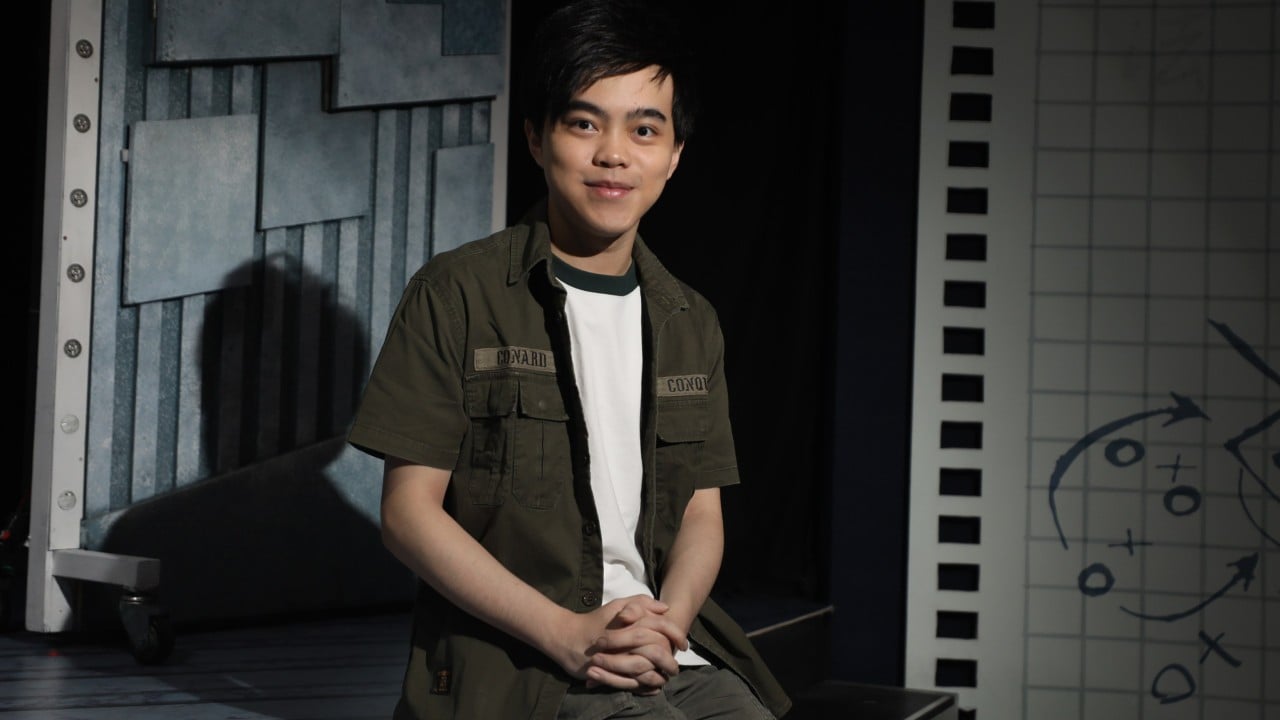
© » SOUTH CHINA MORNING POST
He wants Hong Kong to fall in love with theatre and he’s doing everything he can to make that happen | South China Morning Post He wants Hong Kong to fall in love with theatre and he’s doing everything he can to make that happen Performing arts in Hong Kong Hong Kong theatre wunderkind Tom Chan is the youngest and only producer to stage a long-running musical show in the city...

© » KADIST
John Houck
2013Untitled #242 is part of Houck’s Aggregates Series, which uses digital tools to manipulate chosen sets and pairs of colors, creating colorful index sheets, bathed in colors and lines...
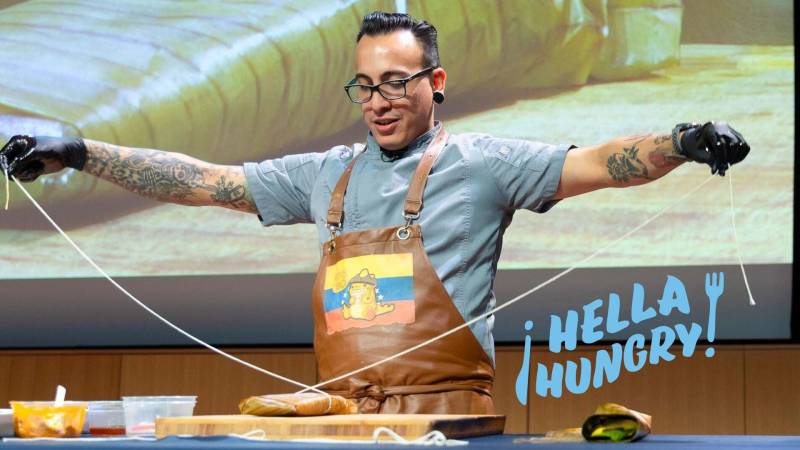
© » KQED
Forget Tamales: Venezuelan Hallacas Are the Best Christmas Dish | KQED Skip to Nav Skip to Main Skip to Footer ¡Hella Hungry! Sorry, Tamales: Venezuelans Say Hallacas Are the Ultimate Christmas Dish Alan Chazaro Dec 15 Save Article Save Article Failed to save article Please try again Facebook Share-FB Twitter Share-Twitter Email Share-Email Copy Link Copy Link Victor Aguilera demonstrates his technique for tying up Venezuelan hallacas at a KQED live event on Dec...
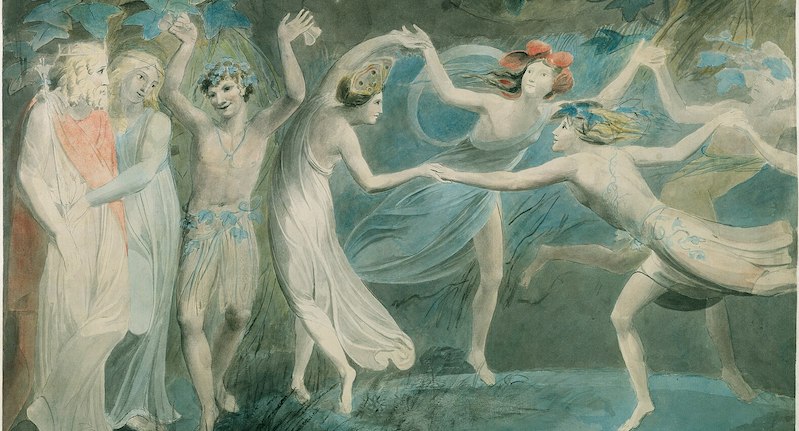
© » LITHUB
On the Serious Business of 19th-Century Fairy Paintings ‹ Literary Hub Craft and Criticism Fiction and Poetry News and Culture Lit Hub Radio Reading Lists Book Marks CrimeReads About Log In Literary Hub Craft and Criticism Literary Criticism Craft and Advice In Conversation On Translation Fiction and Poetry Short Story From the Novel Poem News and Culture History Science Politics Biography Memoir Food Technology Bookstores and Libraries Film and TV Travel Music Art and Photography The Hub Style Design Sports Freeman’s The Virtual Book Channel Lit Hub Radio Behind the Mic Beyond the Page The Cosmic Library The Critic and Her Publics Emergence Magazine Fiction/Non/Fiction First Draft: A Dialogue on Writing Future Fables The History of Literature I’m a Writer But Just the Right Book Keen On The Literary Life with Mitchell Kaplan New Books Network Read Smart Talk Easy Tor Presents: Voyage Into Genre Windham-Campbell Prizes Podcast Write-minded Reading Lists The Best of the Decade Book Marks Best Reviewed Books BookMarks Daily Giveaway CrimeReads True Crime The Daily Thrill CrimeReads Daily Giveaway Log In Via Pegasus Books On the Serious Business of 19th-Century Fairy Paintings Jennifer Higgie Considers the Significance of a Mystical Artistic Tradition By Jennifer Higgie January 5, 2024 Featured Image: Oberon, Titania and Puck with Fairies Dancing, by William Blake Much like the present moment, the nineteenth century was a time of rapid social and technological change and political turmoil...

© » KADIST
Matthieu Saladin
2016L’effeuillage des effacements (The Stripping of Erasures) 2016, presents a piles of posters gathered in decreasing chronological order from 2015 to 2400 B...

© » KADIST
Arseny Zhilyaev
His large installation entitled The Museum of Proletarian Culture (2012) looked at the changes in artistic practice that have occurred in Russia throughout the last thirty years – from the amateur art of the late Soviet era to the commercialized post-Soviet cultural practices and the more recent self-expression via contemporary social networks...

© » ARTS EQUATOR
Solid are the Winds: Aeolian Encounters at The 9th Asia Pacific Triennial (Part I) | ArtsEquator Thinking and Talking about Arts and Culture in Southeast Asia Articles Natasha Harth for QAGOMA untitled (giran) (2018), Jonathan Jones in collaboration with Dr Uncle Stan Grant Snr AM January 10, 2019 By Marcus Yee (1259 words, five-minute read) This is the first of a two-part essay on the 9th Asia Pacific Triennial running at the Queensland Art Gallery, Brisbane, Australia, from 24 November 2018 to 28 April 2019...

© » KADIST
Walead Beshty
2012Constructed out of metal or glass to mirror the size of FedEx shipping boxes, and to fit securely inside, Walead Beshty’s FedEx works are then shipped, accruing cracks, chips, scrapes, and bruises along the way to their destination...

© » KADIST
Tarek Atoui
2017For The Reverse Sessions , the artist reversed the order in which instruments are usually created, taking the sounds of a collection of ethnic musical instruments from The Dahlem Museum as the starting point...

© » KADIST
Rossella Biscotti
2014Rossella Biscotti’s “10×10” series investigates the relationship between demographics, data processing, textile manufacturing and social structure...





